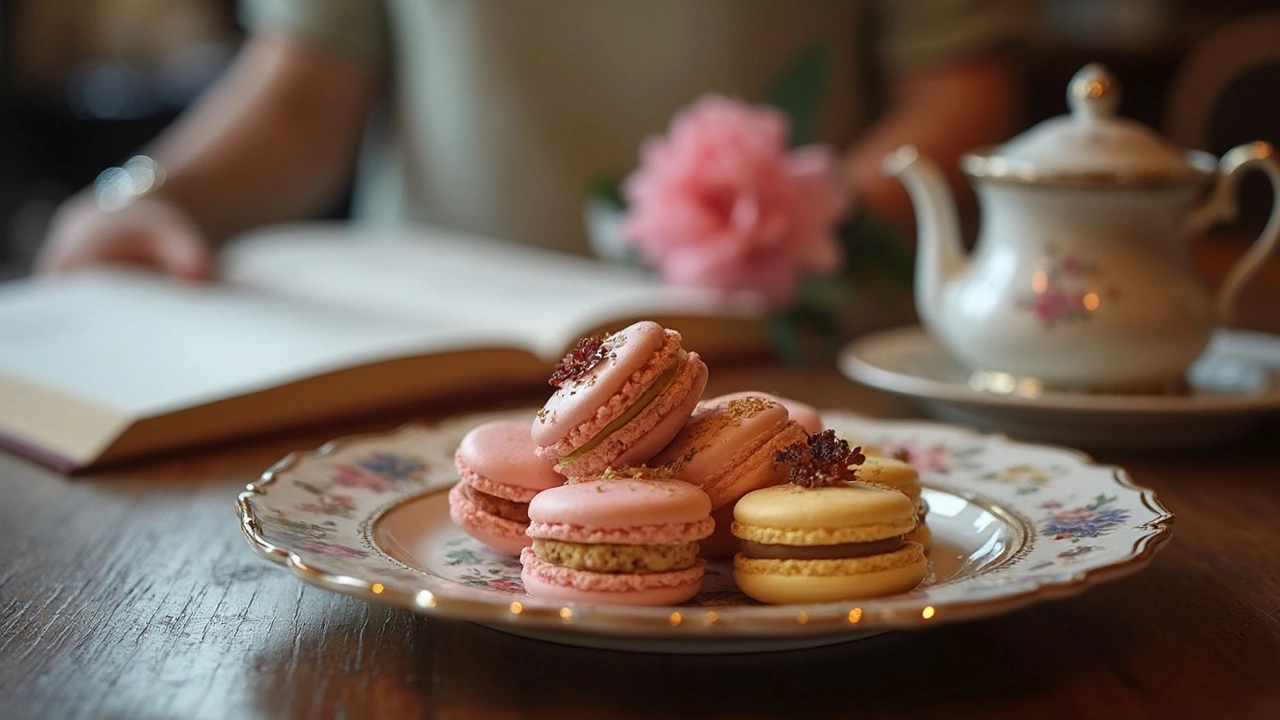
Ever bitten into a macaron and thought, "Wow, these are tasty... but why are they so expensive?" You're not alone! Macarons might be tiny, but they definitely pack a punch when it comes to price. Have you ever wondered what secret magic is wrapped up in those colorful shells?
First, let's talk ingredients. Macarons are made with almond flour, egg whites, and sugar—sounds simple, right? But the quality of these ingredients isn’t your average pantry find. Almond flour, in particular, isn't cheap, and using the best is crucial for that perfect texture and taste.
- High-Quality Ingredients
- Delicate and Precise Process
- Art and Craftsmanship
- Commercial Baking vs. Homemade
- Tips for Enjoying Macarons Without Overpaying
High-Quality Ingredients
When it comes to making macarons, not just any ingredients will do. The secret to these tasty little delights lies right at the start, with the key ingredient—almond flour. Almond flour gives macarons that smooth, slightly chewy texture we all know and love. But it's not just any almond flour; only the finest and blanched almond flour is used, which eliminates the skin and keeps it light.
Why does this matter? Well, almonds don't come cheap, especially when they're processed for the best quality. Almond flour is much pricier than regular flour because it’s made from almonds without their skins. It's also about supply and demand—there's a high demand for the premium stuff, which naturally pushes the price up.
Sugar might be a common kitchen staple, but for macarons, granulated sugar and icing sugar are used in specific proportions. That's to ensure they balance the structure and sweetness just right. These sugars mix with fresh egg whites to create the essential meringue base. By the way, the fresher the eggs, the better the results. No shortcuts here!
Finally, there's the matter of color and taste. High-quality food coloring is used to give macarons their vibrant look. And for those extra flavors like pistachio, raspberry, or chocolate, natural extracts and sometimes real bits of the ingredient itself are added. This means you're not just tasting sugar, but a burst of genuine flavor.
Next time you see macarons lined up, remember—it’s not just about the looks. Those little cookies involve some top-notch ingredients that explain why they cost more. And in the world of sweet treats, you really do get what you pay for.
Delicate and Precise Process
The art of making macarons is all about precision and patience. Trust me, it's not just about mixing some batter and tossing it in the oven. The process needs careful attention to detail from start to finish.
First up, the meringue. Crafting the right consistency is key, and that means beating egg whites just until they reach stiff peaks. Go too far and you've got yourself a big bowl of disaster. Once that's sorted, the dry ingredients are folded in meticulously. And when I say "folded," I mean it. Stirring it like a cake batter won't do—it's a gentle, precise technique to keep those air bubbles intact for a light and airy texture.
Now, piping the rounds onto baking sheets. Those little circles need to be uniform in size. Too big or too small, and they won't match up nicely in the end. But wait, the macaronage—that lovely term—isn't all technique. It's also about timing. Once piped, they need to sit out until a delicate crust forms on top. This rest period helps in achieving that classic macaron "feet," the little frilly base that true macaron lovers obsess over.
Into the oven they go, but it's not just about set temperatures. The slightest fluctuation can lead to cracked tops or no feet at all. Some bakers even test-batch at different temperatures to find that sweet spot, especially with home ovens that can be quirky.
Here's a handy summary of the steps:
- Beat egg whites to stiff peaks.
- Fold in dry ingredients gently.
- Pipe even-sized rounds on sheets.
- Rest until a crust forms on top.
- Bake at precise temperatures.
Once baked, they need time to cool down and mature. Yes, macarons are a bit like fine wine; they taste better after a little rest in the fridge so the flavors meld together beautifully. This meticulous process is why making macarons is more of an art than a simple bake.
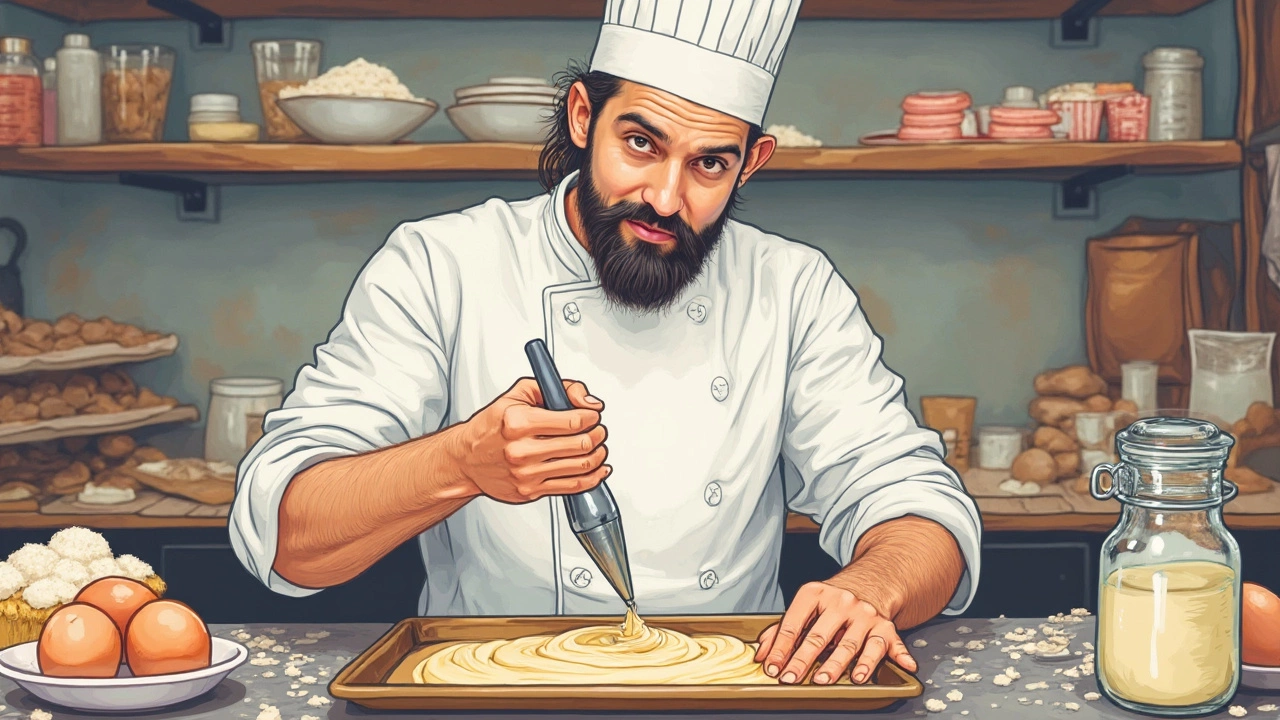
Art and Craftsmanship
Making macarons isn't just about mixing some ingredients together and hoping for the best. It's truly an art form. Think about it like this: crafting a perfect macaron shell takes the same dedication and precision as an artist with a blank canvas. Each step demands careful attention to detail, and even the slightest hiccup can mean starting from scratch.
Let's dive into what makes the process so meticulous. The batter has to be mixed until it's just right—not too runny, not too stiff. Sounds easy? It actually takes lots of practice to feel when the consistency is spot-on. And then there's the piping. Each dollop on the baking sheet must be the same size for even baking, and trust me, that’s easier said than done.
Temperature control inside the oven is another juggling act. Those airy, chewy textures we're all fans of? They depend a lot on precise baking times and temps. Too hot or too long, and you’ll end up with macaron frisbees.
Then comes the filling, which isn’t just any random spread slapped together. From delicate ganaches to flavorful fruit jams, the fillings have to complement the shells perfectly, adding another layer of complexity and, yes, cost.
One fun fact—some top pastry chefs even invest in flavors and colors harvested from particular regions, which folks in the macaron world view as super special. That's how particular and thoughtful the process can be.
All this means that making macarons is more than just baking cookies. It's a craft honed by practice and patience. Next time you bite into a macaron, you'll know you're not just tasting a dessert; you're experiencing a small masterpiece.
Commercial Baking vs. Homemade
Diving into the world of macarons, it's like comparing apples to oranges when you look at commercial bakery ones versus homemade. Many people think, why not just make them at home and save some cash? Sounds simple, but let's break down why it’s not as easy as pie.
Commercial bakeries have one big advantage: consistency. They use professional-grade equipment to ensure every macaron is the same size, the same texture, and pretty much perfect. These places often follow strict recipes and quality controls. That’s crucial because a few degrees off and your macaron might end up a flat disaster instead of a puffy delight.
Commercial bakers also have easy access to top-notch ingredients in bulk, which helps balance out costs even though they own an expensive pricing tag. Their experience kickstarts efficiency, making complicated parts of macaron-making, like the meringue, look like a breeze. But hold up, homemade lovers, because making these in your own kitchen isn’t impossible—it just requires patience and practice.
When you’re baking macarons at home, finding the right almond flour and understanding how your specific oven works are key parts of the puzzle. You might spend more initially on the right tools, like a piping bag and a sieve, but over time, it pays back, especially when you nail that perfect batch.
To put a little perspective on why even homemade can be pricey—in time if not in money—a breakdown of average homemade vs. commercial costs might help:
| Factor | Commercial | Homemade |
|---|---|---|
| Almond Flour (per kg) | $10-15 (bulk rate) | $12-20 |
| Time Investment (per batch) | 30-45 mins (including professional cooling tools) | 1-2 hours (manual cooling and precise attention) |
| Consistency | High | Initially Low, Increases with Practice |
So, while you save money by doing it yourself, remember, the learning curve can be steep. But if you love the process and want that homemade touch, it's definitely worth a try. Plus, nothing beats the feeling of finally mastering that perfect macaron!

Tips for Enjoying Macarons Without Overpaying
Fancy a macaron or two but worried about the price? These delectable treats don't have to break the bank. Here are some savvy tips to enjoy them without splurging.
First off, consider making your own. It might sound daunting, but with a little practice, you can whip up a batch at home. You'll need some key ingredients like almond flour and egg whites. Pro tip: Buy these in bulk at wholesale stores or online for savings.
If DIY isn't your style, look for local bakeries rather than big-brand patisseries. Local spots often have prices that aren't inflated by brand names, yet they offer high-quality macarons.
Also, consider buying macarons during sales. Many bakeries have discounts on specific days or offer deals for buying in bulk. Keep an eye out on their social media for these offers.
Another tip is to join a macaron class. These aren't just fun; they can teach you the skills to make them like a pro at home. Some classes even offer discounts on future macaron purchases.
- Macarons from farmer's markets can be cheaper and just as delicious. Plus, you're supporting local chefs!
- Try buying smaller macaron assortments. It's a great way to enjoy variety without spending too much.
- Watch for deals online. Plenty of stores offer promotions and shipping discounts.
By trying these tips, you’re not only cutting costs but also adding a bit of adventure to your macaron journey. So go ahead, savour those sweet bites without guilt!


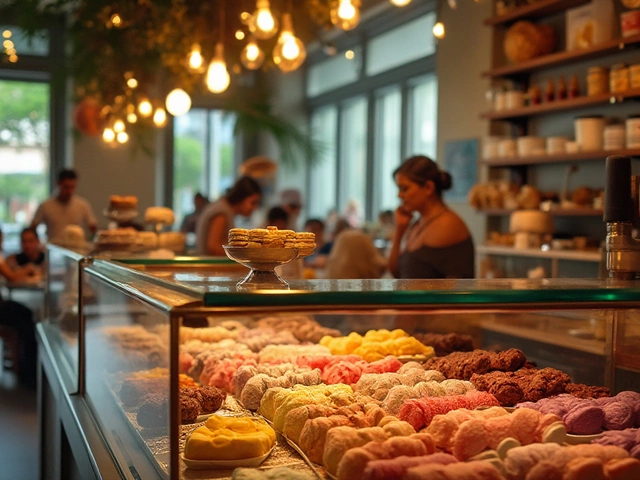
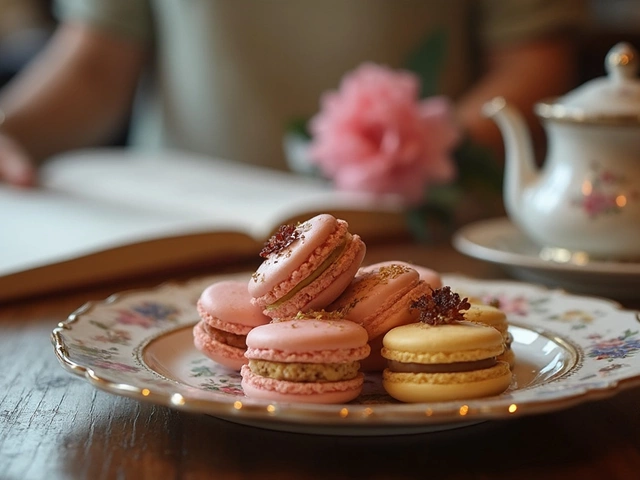

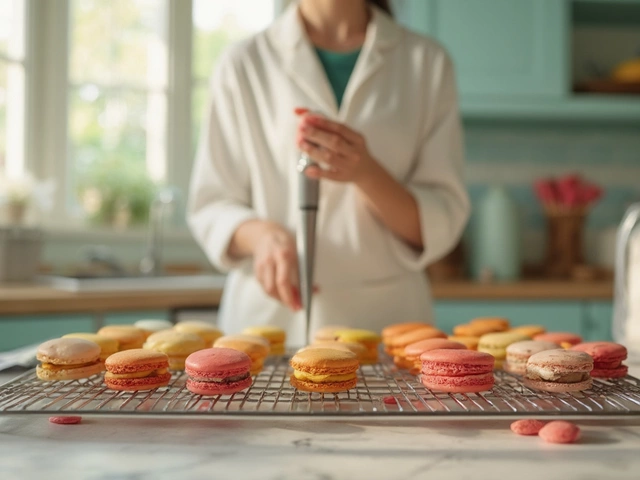

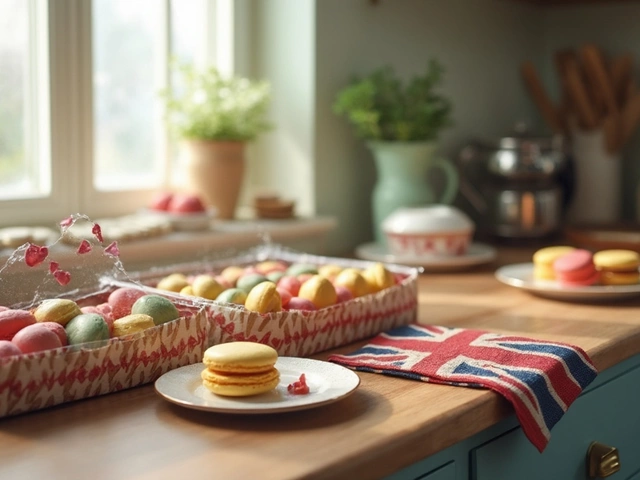
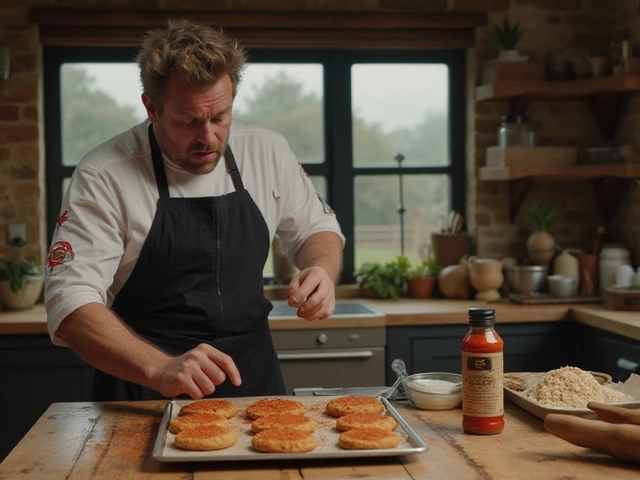
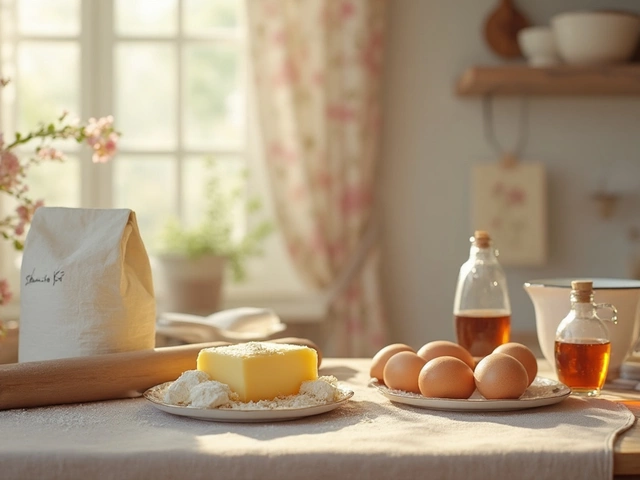
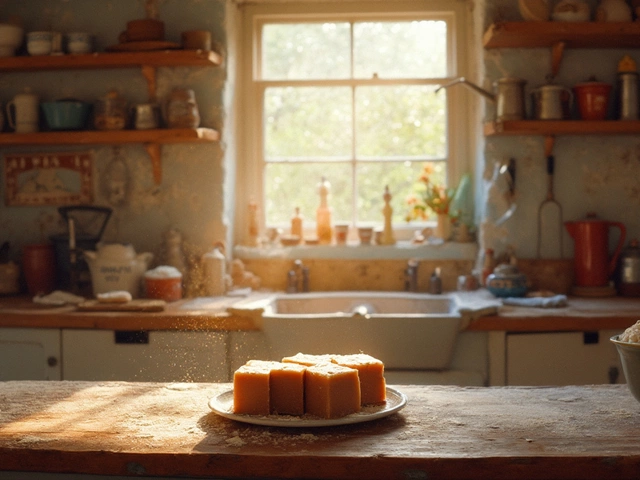
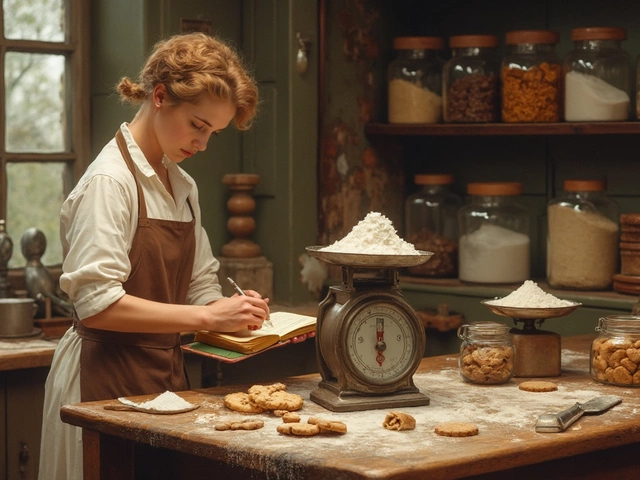
Write a comment